Satellite observations of one of the world’s biggest ecological experiments on the island of Borneo have revealed that replanting logged forests with diverse mixtures of seedlings can significantly accelerate their recovery. The results have been published today in the journal Science Advances.
Tag: Biodiversity
Plant-based food alternatives could support a shift to global sustainability
Replacing 50% of meat and milk products with plant-based alternatives by 2050 can reduce agriculture and land use related greenhouse gas (GHG) emissions by 31% and halt the degradation of forest and natural land, according to new research.
Discovering the unexpected way protected areas contribute to biodiversity
A study published in Nature found that, while protected areas in Southeast Asia were shown to be good for animals inside their borders, as expected, that protection also extended to nearby unprotected areas, which was a surprise.
Pollutants are important to biodiversity’s role in spread of wildlife diseases
Conventional wisdom among ecologists holds that the more species there are inhabiting an ecosystem, the less vulnerable any one species will be to a threat like a parasite. A new study of tadpoles at the University of Wisconsin–Madison illustrates how overlapping biological and environmental factors can complicate how we value protecting diverse animal communities. The researchers found that environmental pollutants like road salt influence whether increased biodiversity helps or hinders disease outbreaks in wildlife, which can complicate how we value protecting diverse animal communities.
Hidden moles in hidden holes
Scientists have identified two types of mole which they believe have been living undiscovered in the mountains of eastern Turkey for as many as 3 million years.
Meet the Persian Gold Tarantula: a new species discovery just on time for Tarantula Appreciation Day 2023
The Persian Gold Tarantula (Chaetopelma persianum) is a newly described species recently discovered in northwestern Iran. In fact, the “woolly, golden hairs” the scientists observed and examined on a single specimen, were one of the features so unique that it was not necessary for additional individuals to be collected and physically studied.
Two thirds of the world’s biodiversity lives in the soil
Soil is the most species-rich habitat on earth. This is the conclusion of an overview study by a Swiss research team. According to the study, two thirds of all known species live in the soil.
Tropical trees use social distancing to maintain biodiversity
Tropical forests often harbor hundreds of species of trees in a square mile, but scientists often struggle to understand how such a diversity of species can coexist.
Small-winged and lighter colored butterflies likely to be at greatest threat from climate change
Butterflies with smaller or lighter coloured wings are likely to be ‘losers’ when it comes to climate change, with the Lycaenidae family, which contains over 6,000 species of butterflies, the majority of which live in the tropics, found to be particularly vulnerable.
Shell game: Researchers find an uncommon wild bee thriving by nesting in a localized bonanza of old snail shells
Biologists at McMaster University studying the local abundance of a typically uncommon wild native bee have found a clear link between the unusual population spike and the concentration of a non-native snail in the same area.

Why there are no kangaroos in Bali (and no tigers in Australia)
If you travel to Bali, you won’t see a cockatoo, but if you go to the neighbouring island of Lombok, you will. The situation is similar with marsupials: Australia is home to numerous marsupial species, such as the kangaroo and the koala. The further west you go, the sparser they become.
Similar to humans, elephants also vary what they eat for dinner every night
Elephants eat plants. That’s common knowledge to biologists and animal-loving schoolchildren alike. Yet figuring out exactly what kind of plants the iconic herbivores eat is more complicated.
How the use of chemicals and biodiversity loss are connected
Science does not take a deep enough look at chemicals in the environment as one of the causes of the decline in biodiversity.
Study finds human impact on wildlife even in protected areas
By 2030, if the 30 by 30 initiative supported by more than 100 countries is successful, 30% of our land and ocean ecosystems will be designated protected areas meant to safeguard biodiversity and help limit the impacts of climate change.
WCS Media Briefing: Can Humanity Adapt to a Changing Climate? A Roadmap Forward and Lessons From the Field
A panel of experts will hold a WCS media briefing on climate adaptation, presenting the results of a new paper on the need for making ecological integrity a centerpiece of adaptation policy, such as UN frameworks on climate, biodiversity, and sustainable development.
Previously Overlooked Algae Toxin Widespread in Southern Indian River Lagoon
Pseudo-nitzschia spp., an algae that produces the neurotoxin domoic acid, can bioaccumulate within food webs causing harm to humans and animals. A molecular study of Florida’s Indian River Lagoon shows this algae was present in 87 percent of the water samples collected. All isolates showed toxicity, and domoic acid was found in 47 percent of surface water samples. As a nursery for many organisms that supports a high amount of biodiversity, the presence of domoic acid could negatively impact the lagoon system.
ASU establishes ʻĀkoʻakoʻa, a new collaborative effort to seed renewed connection between human and coral communities in Hawaiʻi
With a group of core partners, Arizona State University is creating a new $25 million collaboration to preserve and restore vitality to Hawaiʻi’s coral reefs and the health of its coastlines.
Nature is changing as land abandonment increases
A new perspective piece in Science shows that abandoned lands could be both an opportunity and a threat for biodiversity, and highlights why abandoned lands are critical in the assessment of global restoration and conservation targets.
Large animals travel more slowly because they can’t keep cool
Whether an animal is flying, running or swimming, its traveling speed is limited by how effectively it sheds the excess heat generated by its muscles, according to a new study led by Alexander Dyer from the German Centre for Integrative Biodiversity Research (iDiv) and the Friedrich Schiller University Jena, Germany published April 18th in the open access journal PLOS Biology.
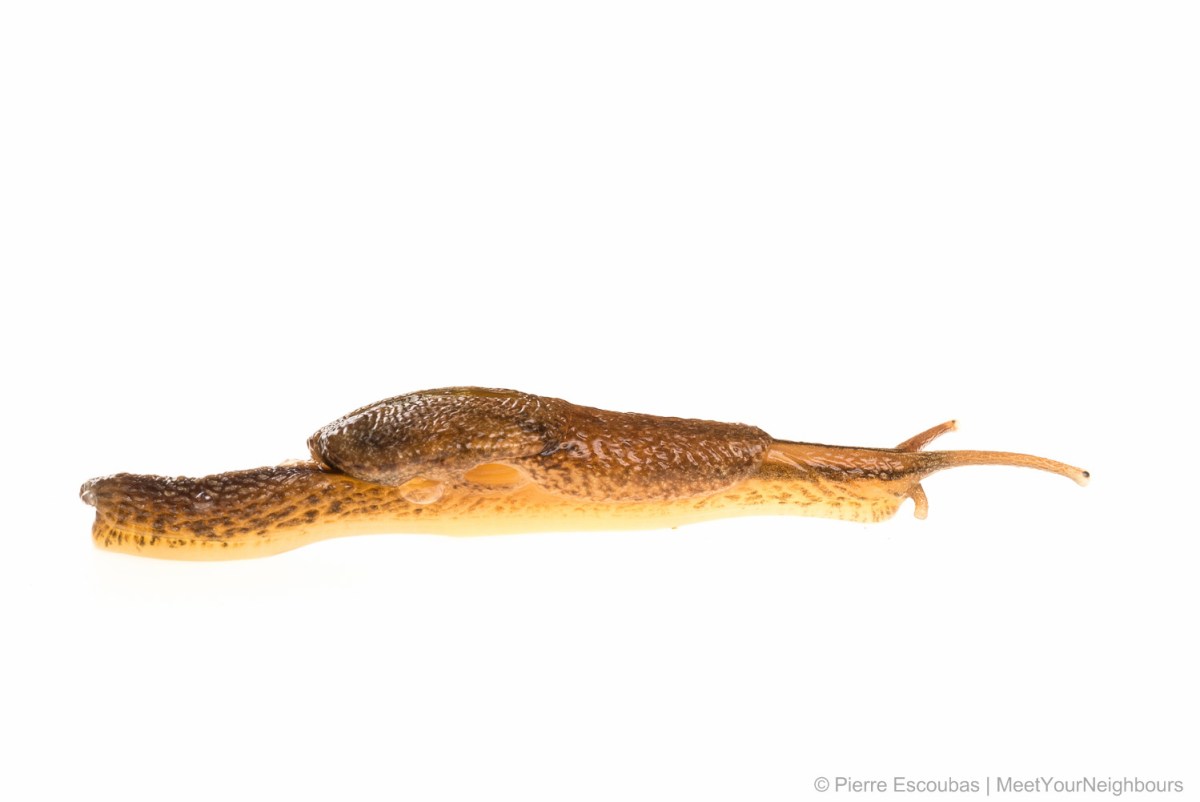
Citizen scientists discover new ‘snug’ in Brunei forest, name it after retiring field centre manager
Semislugs, or ‘snugs’ as they are affectionately known among mollusc researchers, are like the squatters of the snail world: they do carry a home on their back but it is too small to live in. Still, it offers a sort of protection, while not getting in the way of the worm-like physique of the slug.

Stripped to the bone
Natural disasters can devastate a region, abruptly killing the species that form an ecosystem’s structure. But how this transpires can influence recovery. While fires scorch the landscape to the ground, a heatwave leaves an army of wooden staves in its wake. Storm surges and coral bleaching do something similar underwater.
Rutgers Expert: On Preserving the High Seas and the Life Within
Climate change. Overfishing. Seabed floor mining. These are some of the epic challenges that would be addressed by a historic United Nations treaty protecting ocean biodiversity that gained backing in early March when a significant majority of nations agreed on language supporting it. Covering the “high seas,” the enormous belt of brine spanning nearly half of the globe, the U.
Two striking new species of carnivorous plants discovered in the Andes of Ecuador
A team of botanists from Ecuador, Germany, and the United States has described two new species of carnivorous plants with striking appearance.
Coffee plantations limit birds’ diets
A new study led by researchers at the University of Utah explores a record of birds’ diets preserved in their feathers and radio tracking of their movements to find that birds eat far fewer invertebrates in coffee plantations than in forests, suggesting that the disturbance of their ecosystem significantly impacts the birds’ dietary options.
U.S. birds’ Eastern, Western behavior patterns are polar opposites
Avian functional diversity patterns in the Western U.S., where species and functional richness are both highest during the breeding season, are the polar opposite of what is seen in the East, where functional diversity is lowest when species richness is high, according to new research.

Flower power: Research highlights the role of ants in forest regeneration
Ants play a key role in forest regeneration, according to a new paper from Binghamton University, State University of New York.
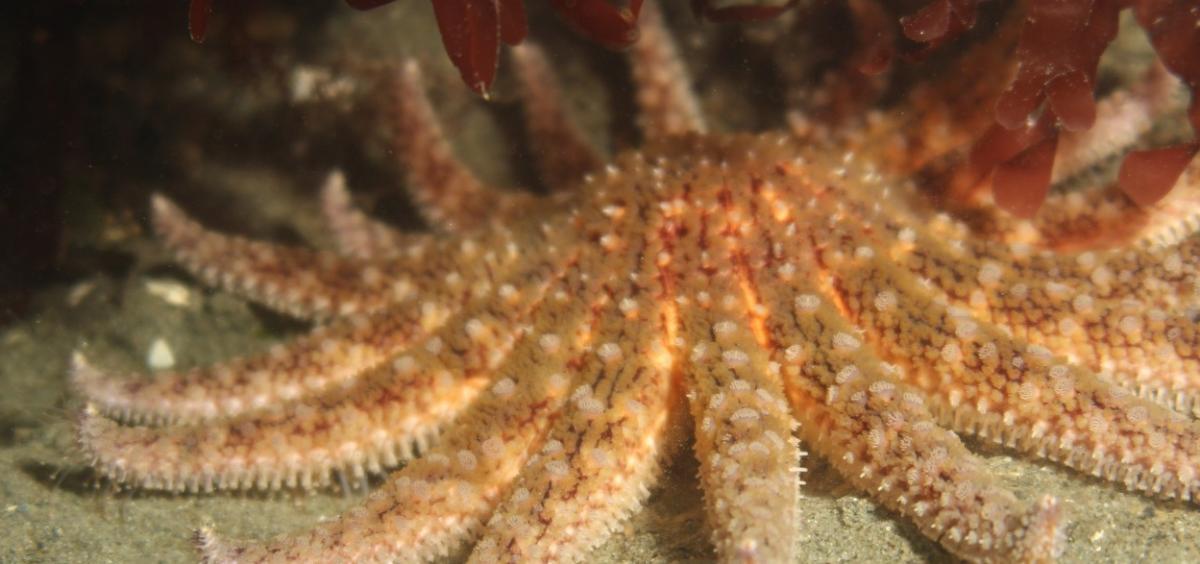
Sea stars able to consume kelp-eating urchins fast enough to protect kelp forests, research shows
A research team including a scientist from Oregon State University has provided the first experimental evidence that a species of endangered sea star protects kelp forests along North America’s Pacific Coast by preying on substantial numbers of kelp-eating urchins.
WashU great ape, biodiversity research informs decision to expand Congolese park
This month, the Republic of Congo agreed to protect a 36-square-mile area called Djéké Triangle by making it part of the adjacent Nouabalé-Ndoki National Park — the only habitat in the world home to habituated groups of both gorillas and chimpanzees.
Multistate project aims to diversify Corn Belt
With a five-year, $10 million federal grant, a team of researchers from Iowa, Indiana and Illinois are working to plant the seeds for greater crop diversity in the Midwest.
Current Antarctic conservation efforts are insufficient to avoid biodiversity declines
Existing conservation efforts are insufficient to protect Antarctic ecosystems, and population declines are likely for 65% of the continent’s plants and wildlife by the year 2100, according to a study publishing December 22nd in the open access journal PLOS Biology.
Biological Alternatives Offer Hope for Restoring Biodiversity
This week, the United Nations is meeting in Montreal for the UN Biodiversity Conference. The conference brings together leaders from around the world to discuss how to prevent loss of biodiversity and how to restore habitats that are already hurting.
Quality, not just quantity, matters in COP15 “30 by 30” goal
A global deal to protect nature and the benefits it provides to people will be negotiated during the United Nations COP15 biodiversity conference in Montreal, with a key target of the new biodiversity framework calling for at least 30 per cent of global land and sea areas to be conserved by 2030.
Three days to help save our coastal habitats
A global gathering of marine scientists has set a three-day symposium to work out how we can maximise the many life and planet protecting services we as humans benefit from our coastal habitats.
Forensics used to reverse the decline of biodiversity in Europe
Staffordshire University is contributing forensic intelligence to an ambitious project which aims to protect endangered species like wolf, bear, lynx, and sturgeon in remote areas of Europe.
Protecting and connecting nature across Europe
The Horizon Europe NaturaConnect Project will support European Union governments and other public and private institutions in designing a coherent, resilient and well-connected Trans-European Nature Network.
New species of owl discovered in the rainforests of Príncipe Island, Central Africa
A new species of owl has just been described from Príncipe Island, part of the Democratic Republic of São Tomé and Príncipe in Central Africa.
Half of the Data Deficient Species May Be Threatened with Extinction
Often we simply do not know enough about a species to know how it is doing. On the recognized red list from the International Union for Conservation of Nature (IUCN), thousands of plants and animals are listed as “data deficient.”
Despite commitments, Brazil’s beef sector tainted by purchases from protected lands in Amazon basin
Despite improvements by meatpackers to keep their supply chains free of cattle grazed on protected or illegally deforested lands, many slaughterhouses in Brazil — the world’s top beef exporter — continue to purchase illegally pastured animals on a large scale. A new study published Oct. 18 in the journal Conservation Letters underscores the depth of the problem.
It may already be too late to meet UN genetic diversity target, but new findings could guide conservation efforts
Climate change and habitat destruction may have already caused the loss of more than one-tenth of the world’s terrestrial genetic diversity, according to new research led by Carnegie’s Moises Exposito-Alonso and published in Science.
High plant diversity is often found in the smallest of areas
It might sound weird, but it’s true: the steppes of Eastern Europe are home to a similar number of plant species as the regions of the Amazon rainforest.
Wildlife crossings potentially save millions annually in Washington state
Crossings over highways intended to preserve biological diversity also appear to reduce wildlife-vehicle collisions in Washington state, saving roughly $235,000 to $443,000 every year per structure.
University of Kentucky-led project awarded $2.5 million by NSF to study climate change, biodiversity
A study led by the University of Kentucky has been selected for funding by the National Science Foundation’s (NSF) “Biodiversity on a Changing Planet” program, an international, transdisciplinary effort that addresses major challenges related to climate change. The five-year project has been awarded nearly $2.5 million.
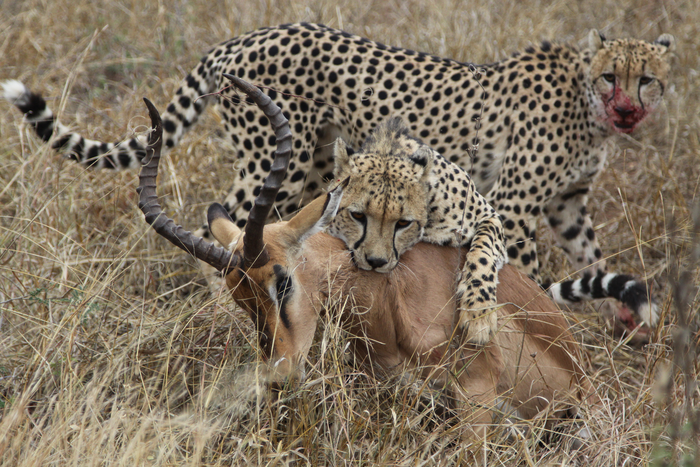
Reconstructing ice age diets reveals unraveling web of life
Research published this week in Science offers the clearest picture yet of the reverberating consequences of land mammal declines on food webs over the past 130,000 years.
Home gardens are “living genebanks” that sustain livelihoods in Central Asia
Apple, apricot, walnut, pear and plum – some of the most widely consumed temperate fruit and nuts globally – find their origins in the forests of Central Asia.
Hareport hazard – researchers identify most dangerous times for hares on Dublin Airport’s runway
Researchers use motion-activated cameras to document when hares are most likely to be struck by aircraft at Dublin Airport
Climate change leads to invasive insect expansion on West Coast
Climate change has led to warming temperatures in the Pacific Northwest, leading some insect species to expand their range into more northerly oak savannas, according to new research from Binghamton University, State University of New York.
New online resource can help users ‘bee’ friendly when it comes to planting for pollinators
An online database developed at the University of Sussex which documents pollinator-plant interactions, could help the public understand how to plant for pollinators and support biodiversity.
Venomous! New pit viper discovered in Jiuzhaigou National Nature Reserve, China
Jiuzhaigou National Nature Reserve, a World Heritage Site, lies in the transition zone from the eastern edge of the Qinghai-Tibet Plateau to the Sichuan Basin in Sichuan Province, China, and occupies an area of 651 km2.
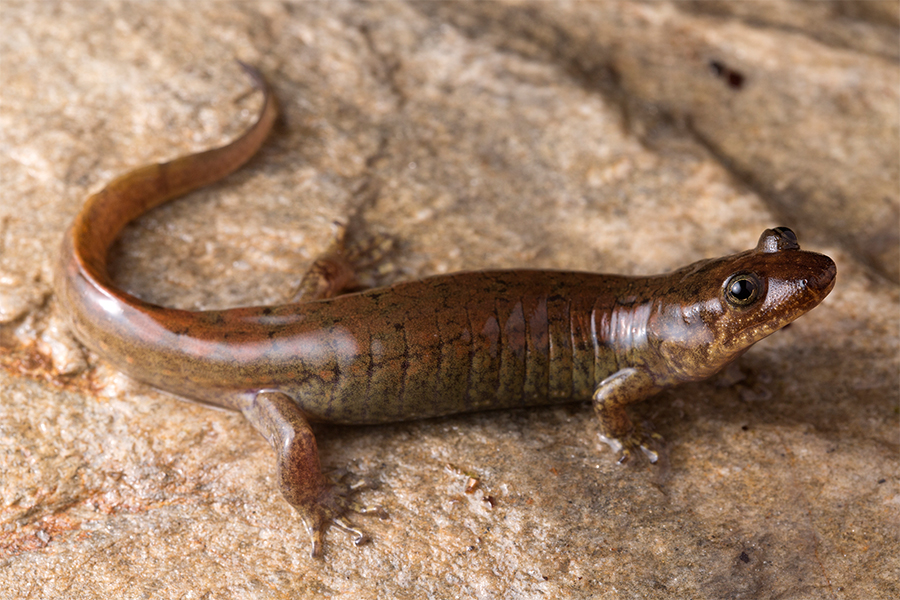
Three New Species of Black-Bellied Salamander Found in Southern Appalachian Mountains
Three new species of black-bellied salamander have been discovered by a research team led by R. Alexander Pyron, the Robert F. Griggs Associate Professor of Biology at the George Washington University. The new salamanders, which are found in the southern Appalachian Mountains of the eastern United States, stem from black-bellied populations that were long considered to be a single species.
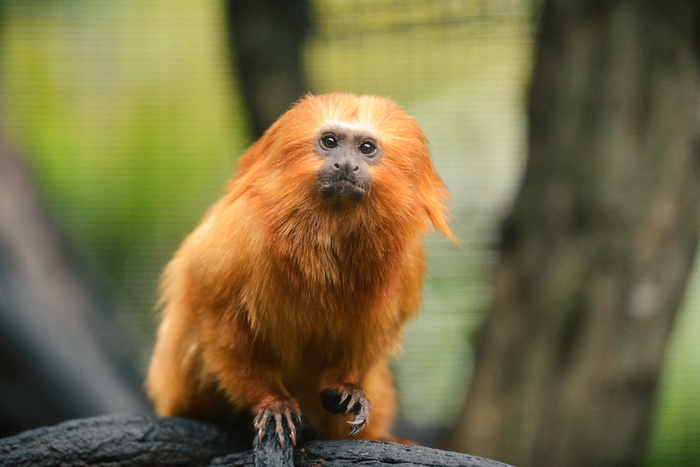
Action needed to avoid mass extinction, say global team of experts
“Biodiversity loss is one of our biggest environmental challenges in the world, probably more important than climate change.